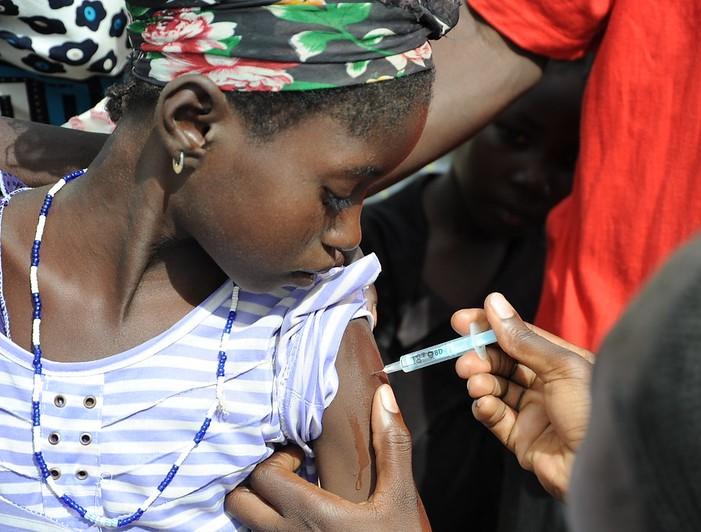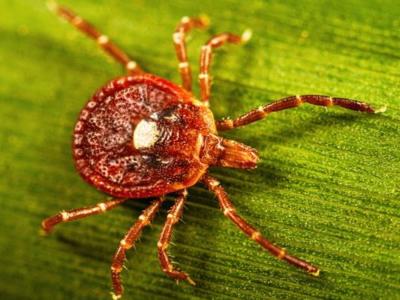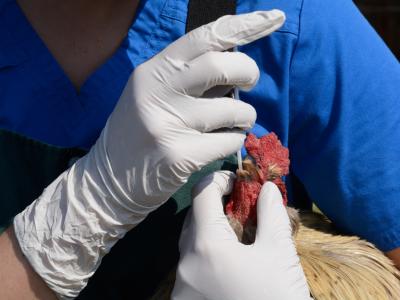The US Department of Agriculture (USDA) Animal and Plant Health Inspection Service (APHIS) has confirmed a third H5N1 avian flu outbreak at a large layer farm in Arizona, affecting nearly 1.4 million birds.
%20(2).jpg)
Since the middle of May, the virus has hit three of the state’s large layer farms, all in Maricopa County, leading to a loss of more than 5 million birds. The outbreak wiped out about 95% of the birds at Hickman Family Farms’ facilities, and has shuttered all of the company’s West Valley farms, according to a local media report.
Canadian ostriches had novel reassortant
Ostriches at a farm in British Columbia embroiled in a controversy over culling were infected with a novel H5N1 reassortant that included the D1.3 genotype, according to a recent statement from the Canadian Food Inspection Agency (CFIA). The reassortant hadn’t been detected before in Canada, but was identified in March in a serious infection in an Ohio poultry worker.
The outbreak at the ostrich farm was initially reported earlier this spring, and the company has not adhered to Canada’s rules about culling and quarantine, amid a public uproar over the federal laws that require that the birds be destroyed.














